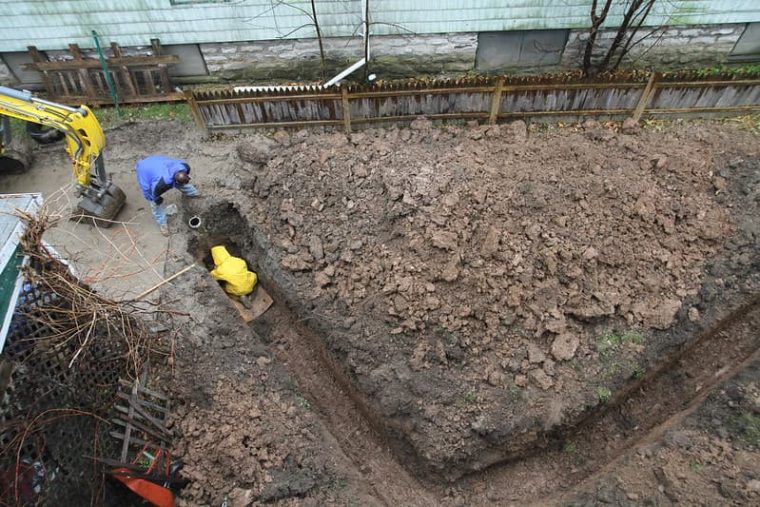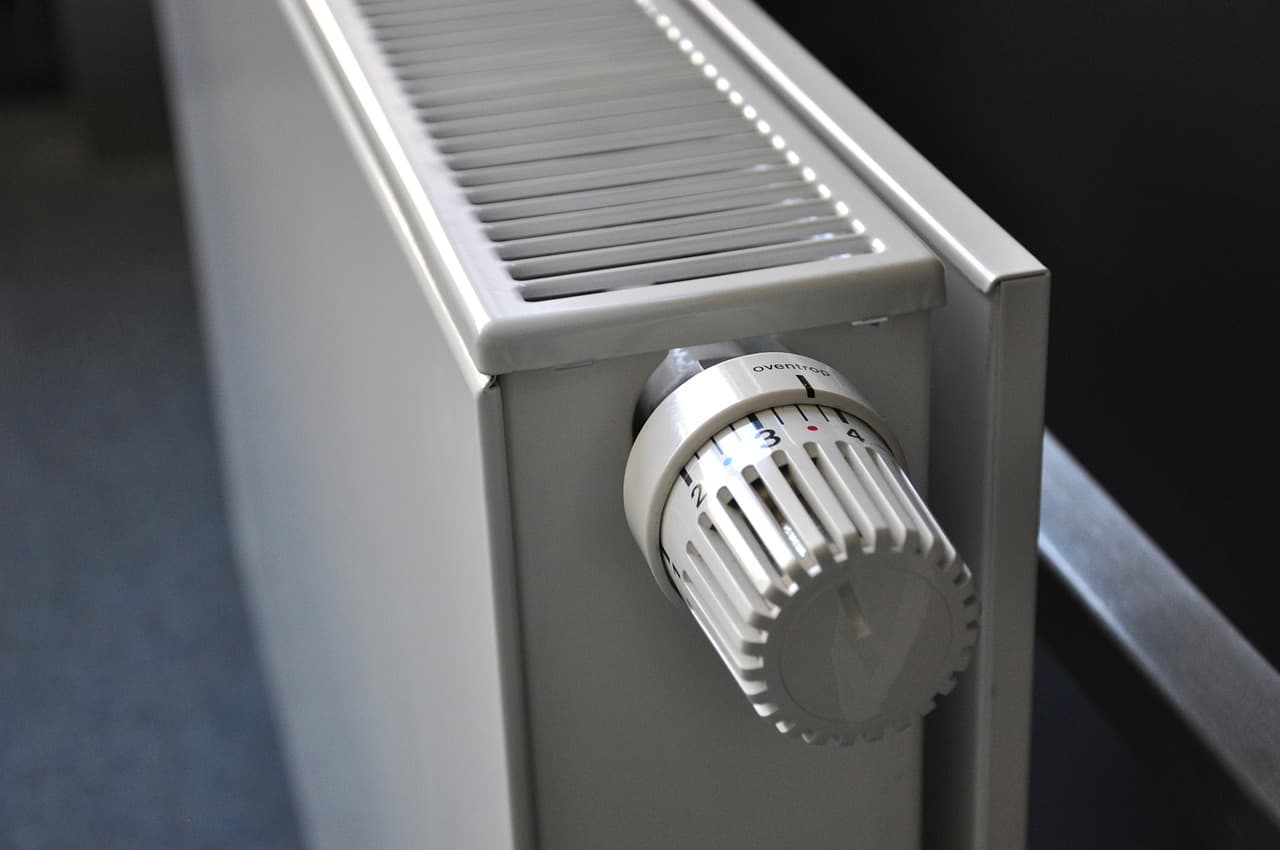As consumers start to look for more energy efficiency in their homes, they consider various types of HVAC systems. One of the systems on the rise is a geothermal heating and cooling system. This is one of the most energy-efficient systems currently in the market. Through the use of geothermal heat pumps, heat is transferred to and from the ground which can heat, cool, and even provide hot water to your home.
Energy-efficient means energy savings
Since these systems are energy-efficient, they help you save energy, which saves you money. According to the Office of Energy Efficiency and Renewable Energy, geothermal heat pumps “can cut energy bills by up to 65% compared to traditional HVAC units.” The savings will end up paying for the installation of the geothermal system within a few years.
More than just heating and cooling

Image via Flickr by dpape
Geothermal heating and cooling systems use geothermal heat pumps that are placed underground. Through a type of looping system, the pump uses a water and anti-freeze solution to push hot or cold air (depending on the season) through the ducts in your home to heat or cool the house. Not only do these pumps provide hot or cool air, but they can also heat up your water. Since this system has the power to do much more than the traditional HVAC system, there are fewer components to deal with and less maintenance. This system is also constantly producing because the temperature underground is steady. So there is no waiting time for it to produce like other green systems such as solar or wind-powered systems.
Extreme hot or extreme cold
Geothermal systems can be used anywhere in the country. Because the temperature underground has a constant, more stable temperature than above ground, they are ideal in any climate. According to the U.S. Department of Energy, in 2009 geothermal systems were shipped to various areas of the country including Pennsylvania and Michigan, where you could get extremely cold temperatures, and Florida and Texas, where you might get extremely hot temperatures. The number is only increasing because of the other cost savings previously mentioned.
Little maintenance
While geothermal systems might cost more than the traditional system, once installed, the savings in maintenance costs is big. These systems are built to last as the major components are buried underground. The outdoor components are meant to last for up to 50 years and the indoor component for up to 25 years. So, expect little maintenance on these systems. As previously mentioned, the cost savings help homeowners recover the costs to install the system typically within 2-10 years. Geothermal heating and cooling systems use renewable energy and decrease your carbon footprint by cutting your energy consumption by “20 to 50 percent” according to the International Ground Source Heat Pump Association. These systems can be installed anywhere, such as “under lawns, landscaped areas, driveways, or the house itself,” allowing you to keep your design aesthetic intact. So, are you ready to get yours installed today?










